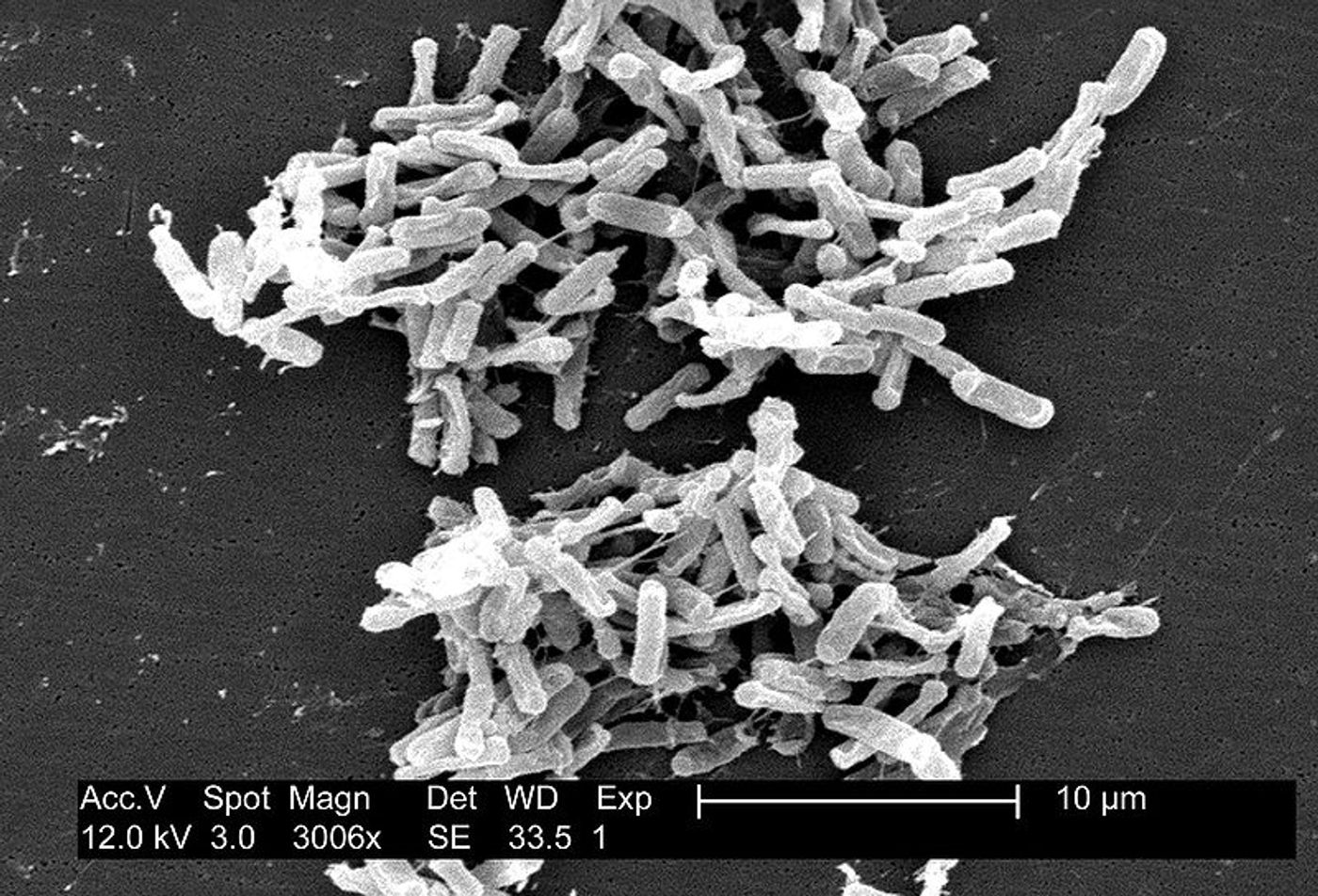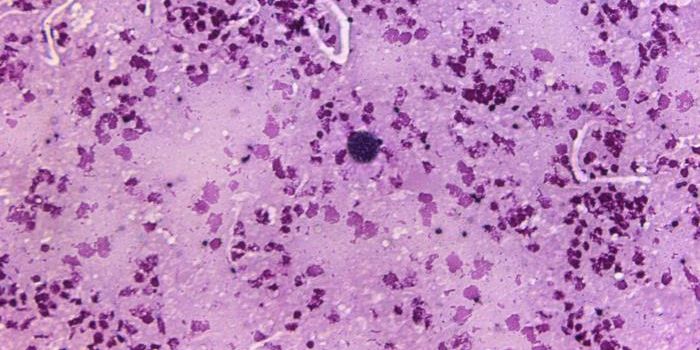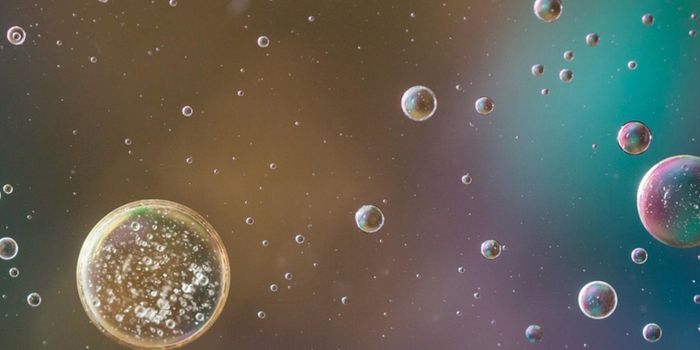Sugar Additive Linked to Bacterial Epidemics
A seemingly harmless food additive appears to be the reason behind increasingly frequent and severe outbreaks of Clostridium difficile experienced in hospitals and other healthcare settings during the past 15 years. From the Baylor College of Medicine, scientists identify how the relationship between the bacteria and the sugar trehalose could be responsible for one of the world’s most serious antibiotic-resistant infections.
Researchers believe that trehalose makes C. difficile, often just “C. diff,” infections more severe when an individual is infected with a particular lineage of the bacteria, either RT027 or RT078.
"In 2000, trehalose was approved as a food additive in the United States for a number of foods from sushi and vegetables to ice cream, and about three years later the reports of outbreaks with these lineages started to increase," explained corresponding author Dr. Robert Britton. "Other factors may also contribute, but we think that trehalose is a key trigger."
To put things into perspective, it’s important to understand the impact of C. diff infection. In the United States alone, C. diff caused 500,000 infections and 29,000 deaths in 2015, with older people being most at risk for infection and death. C. diff causes disease through inflammation of the gastrointestinal (GI) tract, resulting in severe diarrhea.
The two lineages most responsible for C. diff infection, RT027 and RT078, are resistant to antibiotics called fluoroquinolones. But RT027 and RT078 are not the only resistant C. diff lineages, though. Many others are also resistant to the drugs but do not cause epidemic infections.
"These lineages have been present in people for years without causing major outbreaks; in the 1980s they were not epidemic or hypervirulent, but after the year 2000 they began to predominate and cause major outbreaks,” explained first author Dr. James Collins. “We wanted to know what had helped these lineages become a major health risk."
Britton, Collins, and the rest of the research team looked for factors other than resistance to fluoroquinolones that could explain why the C. diff two strains are so dominant. They discovered that RT027 and RT078 can grown on levels of trehalose that are significantly lower than is required by other lineages of C. diff. Plus, these two lineages are particularly efficient at using trehalose, employing special mechanisms to use trehalose as energy.
In further experiments with mice, researchers aimed to uncover how increased disease severity and the ability to metabolize relatively low levels of trehalose are connected. Mice subjects received RT027 along with a diet with or without low trehalose levels. Mice who received both the bacteria and the trehalose experienced an infection where RT027 produced higher levels of toxins, making the C. diff infection more severe than in mice without trehalose in their diet.
"What the mice ate made a difference to the virulence of the infection; mortality was higher in the group consuming trehalose,” Collins explained.
With the connection between trehalose and C. diff severity, going forward, scientists and medical professionals will likely reconsider the role of trehalose in common foods, recommending to high-risk groups for C. diff infection to avoid trehalose.
The present study was published in the journal Nature.
Sources: Nutrients Review, Baylor College of Medicine










